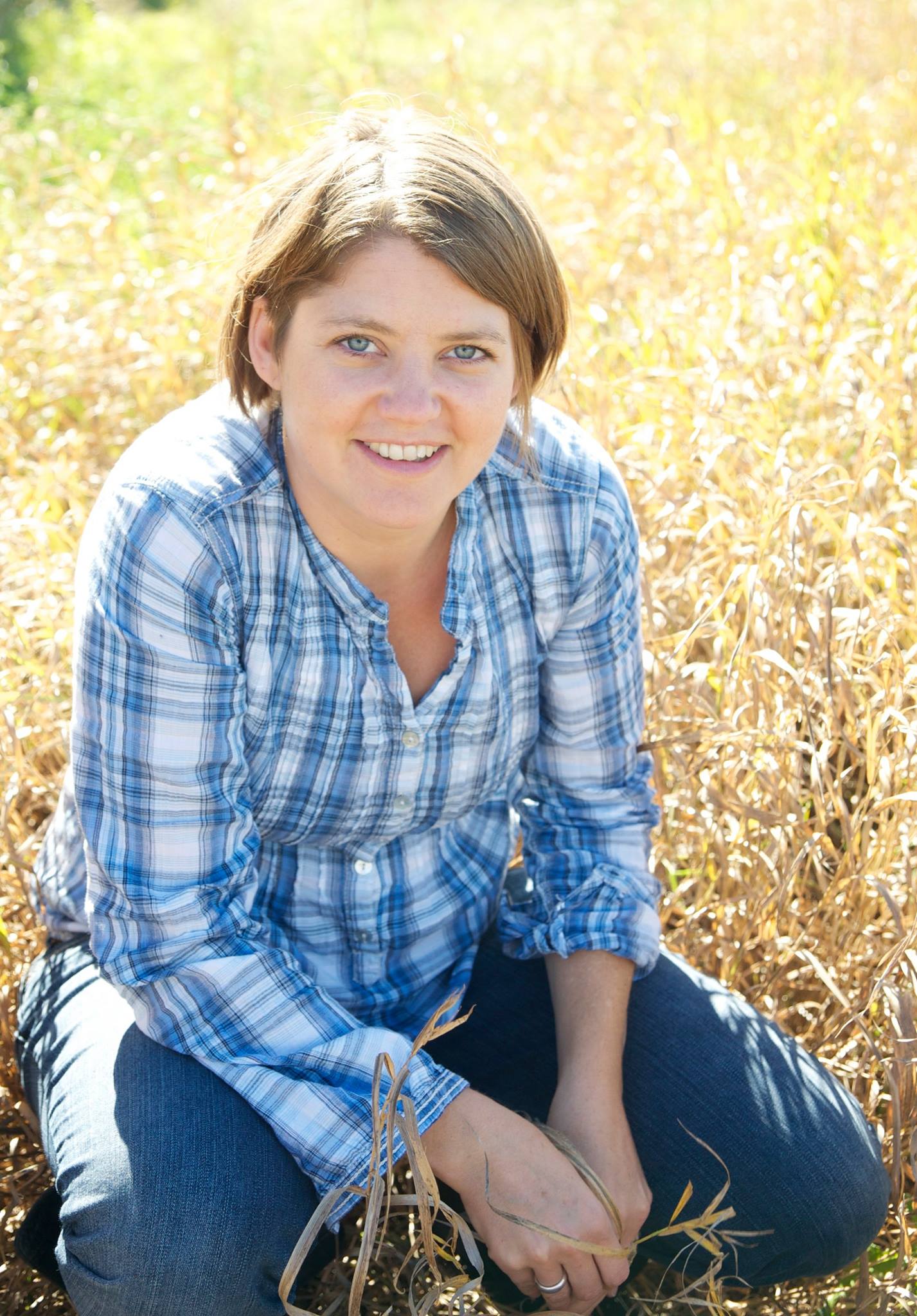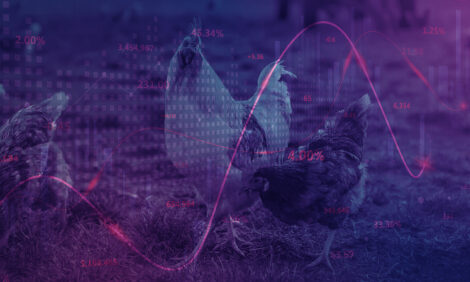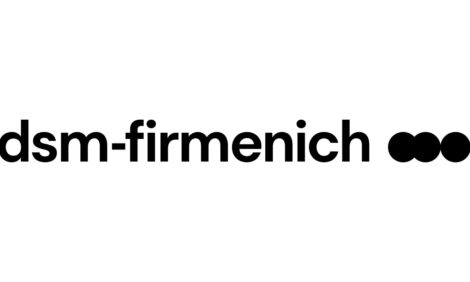



Ending male chick culling: The economics driving Europe’s poultry shift
Legislation and innovation drive ethical egg productionEuropean countries are rapidly phasing out the practice of culling male chicks in the egg-laying sector, with in-ovo sexing technologies at the centre of this transformation. Once seen as a niche ethical concern, chick culling is now a pivotal economic and regulatory issue reshaping egg production.
Until recently, billions of day-old male chicks—unsuitable for meat and egg production—were culled shortly after hatching. But growing public scrutiny, new legislation and emerging technologies have pushed the industry toward alternatives. Central to this change is the adoption of in-ovo sex determination technology, which allows hatcheries to identify and remove male embryos before they hatch.
One alternative to chick culling has been the rearing of male layer chicks for meat, but this option poses serious economic and animal welfare concerns, Wageningen University and Research poultry economist Peter van Horne.
Van Horne, who spoke at the World Egg Organisation Business Conference in Scotland last year, described the challenges of this approach.
“When the males are 10 to 11 weeks, there’s a lot of fighting, a lot of problems, a lot of aggression,” he said”
“From [an] animal welfare point, I understand from the farmers growing the males, it’s a big problem to grow until 12 weeks,” he added, noting the high mortality and stress associated with the practice.
Male layer chicks also require more feed to reach maturity than broilers do.
“You’re putting in almost six kilograms of feed to get a small bird with less meat, so it’s not very sustainable,” he said. “You get a very high carbon footprint… high cost and low revenues.”
“This is not the way to go,” said Van Horne.
Germany leads with strict legislation
Initially, it was Germany that took the strongest regulatory stance, banning the culling of male chicks after day 12 of incubation from January 2024. The rule is based on research showing chick embryos begin brain activity around day 13, making sexing before this point more ethically acceptable.
Several German hatcheries now use one of five commercially available in-ovo sexing systems, all developed in Germany or the Netherlands. These systems rely on various methods—biomarkers, MRI, spectroscopy or colour detection—each with distinct advantages depending on breed type, detection day and cost.
Germany’s adoption has cut the number of male chicks reared for meat to just 30%, down from 70–80% in recent years.
“That’s the good news,” Van Horne said. “You get away from this growth of the males, which, of course, is not very sustainable.”
France combines mandates with market support
France implemented a different model. Since 2023, all hatcheries are required to use in-ovo sexing technologies by day 15, a slightly later threshold than Germany’s. To support adoption, the French government contributed €10 million in subsidies, while a levy collected at the retail level further offsets hatchery costs.
With a high proportion of brown layers, France has been able to rely more heavily on lower-cost sexing systems that work specifically with brown egg lines. The combination of mandates and financial support has enabled smoother sector-wide compliance without inflating egg prices for consumers.
Dutch industry looks to avoid legislation
In the Netherlands, the adoption of in-ovo sexing technology has been driven largely by exports to Germany. Domestic implementation, however, has lagged behind. The Dutch government has told the industry to implement a solution for the domestic market by 2026 or face regulatory intervention.
Some producers are pushing to include “free of chick culling” (FCC) status in existing retail certification schemes like the Better Life star system. By integrating FCC into labelling, the industry hopes to avoid legislation and secure market-driven premiums instead.
“There should be a bonus from the market,” Van Horne said. “Because we really don’t want legislation. When there is legislation, you will lose the chance that you get a bonus in the market.”
Diverse approaches across Europe
Austria, Italy and Switzerland have each taken unique paths. Austria prohibits chick culling unless the males are used for animal feed, while organic farms are required to raise male chicks to one kilogram—an expensive route that adds up to €7 per bird when organic feed is used.
Italy has followed France’s approach, mandating sexing by day 14. Switzerland is still debating options. Meanwhile, the United Kingdom and Norway have yet to finalise decisions, though discussions are underway.
In 2023, proposed legislation to standardise rules across EU member states was put on hold. As of April 2025, legislation still varied from country to country.
Counting the cost
According to Van Horne’s calculations, in-ovo sexing adds an estimated €0.016 to €0.02 per egg, depending on the system used and egg type. Cheaper options are mostly viable for brown layer lines. In contrast, raising male chicks for meat costs between €3.50 and €4.00 per bird, factoring in feed, labour and low meat yield.
In Germany, it’s retailers – and consumers – that have absorbed that cost, embedding it into standard pricing. In the Netherlands, producers receive direct premiums of about 1.2 cents per egg. France’s model ensures hatcheries aren’t burdened thanks to subsidies and retail levies.
Communicating FCC status to consumers remains a challenge. Some packaging carries small labels or symbols, but awareness is low.
“How to communicate to the consumer that you're not killing a day-old chicken—that’s a big problem,” Van Horne noted. “Half the time, they're saying, ‘What do you mean, you’re not killing chicks? I didn’t know you did that.’”
Looking ahead
New developments in sexing technologies—some involving gene editing or day-one detection—are under review in Australia and Israel. These could offer cheaper and earlier sexing options in the future. However, resistance to gene-edited animals remains strong across the EU, as well as in countries like Japan and India.
With the cost of in-ovo technology expected to fall as competition and AI integration improve, more countries may follow Europe’s lead. For now, however, the move away from male chick culling remains a priority mostly for high-income nations.
“This is a rich country topic,” Van Horne concluded. “All those countries I mentioned using this technique—they're all in the top 25 of rich countries.”









